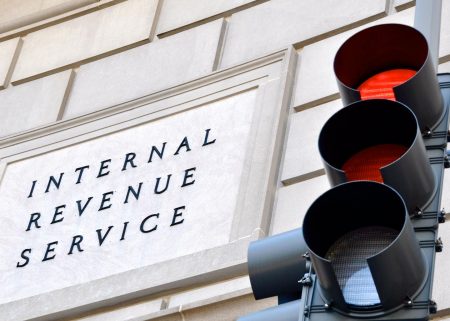The Biden administration’s economic policies appear to have achieved a soft landing, successfully curbing inflation without triggering a recession. However, this positive development has a downside for retirees: a smaller Social Security cost-of-living adjustment (COLA) for 2025. While the declining inflation rate is beneficial for the overall economy, it translates to a more modest increase in Social Security benefits, leaving retirees facing continued financial strain, especially during the holiday season.
The Social Security Administration (SSA) announced a 2.5% COLA for 2025, significantly lower than the 8.7% increase implemented in 2022. This modest adjustment will be reflected in January 2025 checks. While any increase is welcome, the lower COLA means that Social Security benefits will not keep pace with the rising cost of living, impacting retirees’ purchasing power. Furthermore, the slight increase in benefits could potentially push some retirees into a higher tax bracket for their Social Security income, further diminishing the net benefit of the COLA.
The COLA is calculated annually based on the average inflation rate during the third quarter, measured by the Consumer Price Index for Urban Wage Earners and Clerical Workers (CPI-W). This index tracks the price changes of goods and services consumed by urban wage earners and clerical workers. Using this specific index, however, has been a subject of debate, with some arguing that it doesn’t accurately reflect the spending patterns of retirees, who often have higher healthcare costs. A switch to the CPI-E, which specifically tracks the expenses of the elderly, has been proposed but not yet implemented.
While some retirees may have substantial retirement savings and income streams that minimize the importance of the COLA, a significant portion of older Americans rely heavily on Social Security. According to the SSA, Social Security benefits represent over 90% of retirement income for approximately 12% of men and 15% of women. For these individuals, even a small change in the COLA has a significant impact on their financial well-being. The average Social Security check for 2025 is estimated at $1,968 per month, an amount that hardly covers basic living expenses for most retirees, highlighting the critical role of Social Security for a substantial portion of the older population.
The maximum Social Security benefit for 2025 varies depending on the age at which an individual begins receiving benefits. For those reaching full retirement age in 2025, the maximum benefit is $4,018 per month. Retiring early at age 62 reduces the maximum benefit to $2,831, while delaying retirement until age 70 increases it to $5,108. This clearly demonstrates the financial advantage of delaying Social Security benefits, although individual circumstances and financial needs must be considered when making this decision. It’s important to note that these are the maximum possible benefits, and the actual amount received by most retirees is considerably lower, determined by their pre-retirement earnings.
Financial planning for retirement should incorporate the anticipated Social Security benefit as a foundation, but not as the sole source of income. Individuals are encouraged to access their personalized Social Security benefit estimates through the SSA website (ssa.gov). These estimates, updated annually, provide a projection of future benefits based on individual work history and planned retirement age. This information is crucial for making informed decisions about saving and investing for retirement. Supplemental retirement savings through vehicles like IRAs, Roth IRAs, 401(k)s, and other workplace retirement plans are essential for most individuals to achieve a comfortable retirement. While Social Security provides a valuable safety net and a guaranteed lifetime income stream, it is rarely sufficient to replace pre-retirement income levels. Proactive retirement planning, including maximizing contributions to retirement accounts and considering the timing of Social Security benefit claims, is essential for ensuring a financially secure retirement.










